Aung Aung Oo for Salem-News.com
To maintain communal harmony between these two ethnic groups, the restoration of the Rohingya’s rights is essential.
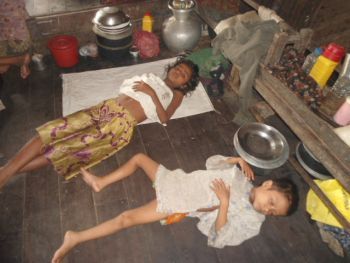
Images of starvation among Rohingya people in Burma
|
(SITTWE AKYAB, Myanmar) - Arakan State is our homelands
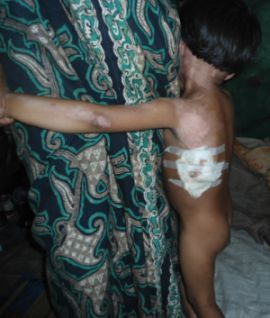 |
We sing our songs with the same band
We, Rakhine-Rohingya, are mutual friends
Arakan is our only common land
Tension between Rakhine and Rohingya in the Arakan
State of Myanmar, increase day by day. Rakhines show their hatred openly
and demand segregation, as Rohingya people have been trying to
reconstruct communal harmony between Rakhine and Rohingya.
These two brothers have been living in Arakan State
harmoniously for centuries. The main allegation of Rakhine towards
Rohingya is denial of Rohingya as their fellow citizens.
International communities are helping to reduce tension
and build a peaceful Arakan. To maintain communal harmony between these
two ethnic groups, the restoration of the Rohingya’s rights is
essential. Without it, the very idea of a peaceful community might be a
legend.
 |
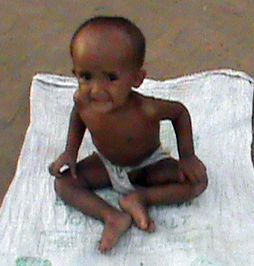 |
Two brothers, Rakhine and Rohingya, share the same place.
Rakhine believe in Theravada Buddhism and Rohingya believe in Islam; religion is not a barrier for these two brothers.
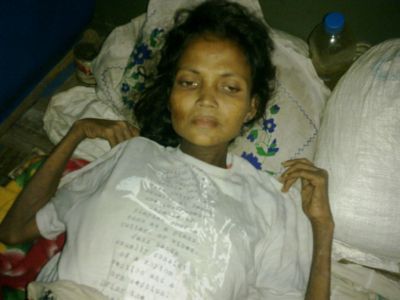 |
Buddhism emerged as a World religion essentially of
peace and humanism influencing the religious, social and cultural lives
of the hundreds of millions of people in the vast Asian continent and
the world at large.
The religion of Islam which means peace, spread very
fast in the world including Southwest and Southeast Asia between 8th and
14th century A.D through trading, no Muslim soldiers went to those
areas.
In the Chittagong Hill Tracts, there are several monasteries which lean to Myanmar
for religious inspiration and a number of schools in which children
learn to read Burmese and Pali, an ancient Buddhist language. In 1576
Bengal became a province of the mighty Mughal Empire, which ushered in
another golden age in India.
The National Museum of Dhaka has a big hall reserved for Buddhist
historical objects and contains unique sculptures in stone, metal and
wood.
 |
During the Burmese invasion in Arakan there was a mass
migration of the Arakanese called Rakhin to southern Chittagong.
After the Burmese war, a number of people left Chittagong to settle in
Burma especially in the Akyab district.
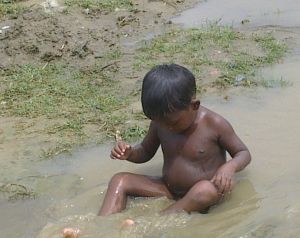 |
The total population of Bangladesh in 2004 is about 125
million with only 1 million Buddhists Tibeto-Burmese tribes, living in
Chittagong, Chittagong Hill Tracts, Comilla, Noakhali, Cox's Bazar and
Barisal. According to historians, the Tibeto-Burman consists of 3 tribes
- the Pyu, the Kanyan and the Thet or Chakma. The Chakma tribes are
living in in the Chittagong Hill Tracts. The Kanyan tribe is known as
the Rakhine group who still live in the South-Eastern part of
Chittagong. Kanyan came from the Aryavarta or the country of the Aryans
which is practically identical to the country later known as the
Majjhimadesh or Madhyadesh in Pali literature.
The mid-19th Century was a turning point in the
religious history of the Buddhists of Chittagong which in fact was the
home of Buddhism in the then Bengal and undivided India. In that very
dark age, the Buddhists were steeped in deep superstitions. The
Sangharaj of neighboring Arakan most Venerable Saramedha Mahathero came
on a chance to visit Chittagong in 1856.
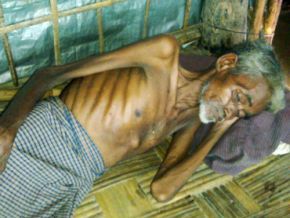
Famine is affecting all
ages in the Rohingya community |
He was shocked to see the condition of Buddhism with
Tantric rituals and worship of false gods and goddesses. The Sangharaja
Sramedha again visited Chittagong and Chittagong Hill Tracts in 1864 and
took upon himself the task of reforming the prevailing Buddhism in
accordance with Dhamma and Binaya of the Tripitaka.
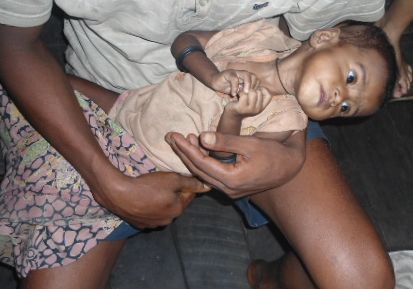 |
Some Muslim prayer halls in Chittagong called Badar
Mukam can be seen as you can see along the coastal areas of Arakan; in
Sittwe there is one Badar Mukam which was built in 1727 , for many
years, Badar Mukam of Sittwe was a Muslim Mosque, Rakhine authority
removed Muslims community around the Badar Mukam and converted it into a
Buddhist temple but you can see Islamic Membar stage inside .
In 1971, the East Pakistan came into being to be
Bangladesh through a bloody war. In 1972, a Buddhist temple named
Dharmarajik Bouddha Vihara was established in Dhaka, the capital of
Bangladesh. In addition to this, Shakyamuni Buddhist Vihara, in Dhaka
was also established. At present, there are 4 Buddhist temples in Dhaka.
Since 1965, Muslims are not allowed to build new
Mosque, decorate old Mosques and banned all social and religious
movements. Rohingya have never blamed Buddhists and Buddhism for the
lost of their rights, they blamed only military regime.
 |
Existence of the word Rohingya
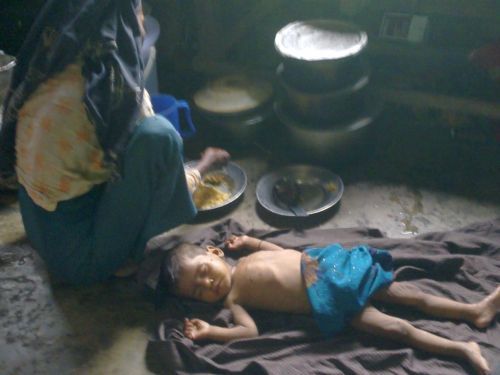 |
The name “Rohingya” derives from Rohang/Roshang, an
earlier name for Arakan. Dr. Michael W. Charney writes, “the earliest
recorded use of an ethnonym immediately recognizable as Rohingya is an
observation by Francis Buchanan in 1799. As he explains, a dialect that
was derived from Hindi “…is that spoken by the Mohammedans, who have
long been settled in Arakan, and who call themselves Roainga, or native
of Arakan”. He further writes, “it can be asserted…that one claim of the
Buddhist school in Rakhaing historiography, that Rohingya was an
invention of the colonial period, is contradicted by the evidence.”
According to “The Crescent in Arakan of an Israeli
expert Moshe Yegar “,the Arakan king of that period, Thirithudamma
(1622-1638) had a Muslim counselor or doctor. Writers and poets
appeared amongst the Arakanese Muslims, especially during the
fifteenth to eighteenth centuries and there were even some
Muslim court poets at the courts of the Arakanese kings. These poets
and writers wrote in Persian and Arabic origin the mixed language,
Rohinga, which they developed among themselves and which was a mixture
of Bengali, Urdu, and Arakanese.
Since 1970s, Rohingya are not allowed to be the
government servants; police, teacher, military, immigration, custom,
worker in labor department, nurse, doctor etc. Deprive of Rohingya’s
rights caused imbalanced communal stabilities.
Growth of Rohingya population
Rakhine authority and military regime accused that
Rohingya people increase in high rate, they blamed Rohingya came from
Bangladesh very recently. Many official documents proved that Rohingya
are origins of Arakan State.
Mr. Paton, the British ruler of Arakan, in his report
of 1825 stated that the total population of Arakan was:- Maghs 60,000,
Muslims 30,000 and Burman 10,000.
Copy and photo editor for Salem-News.com: Tim King
No comments:
Post a Comment